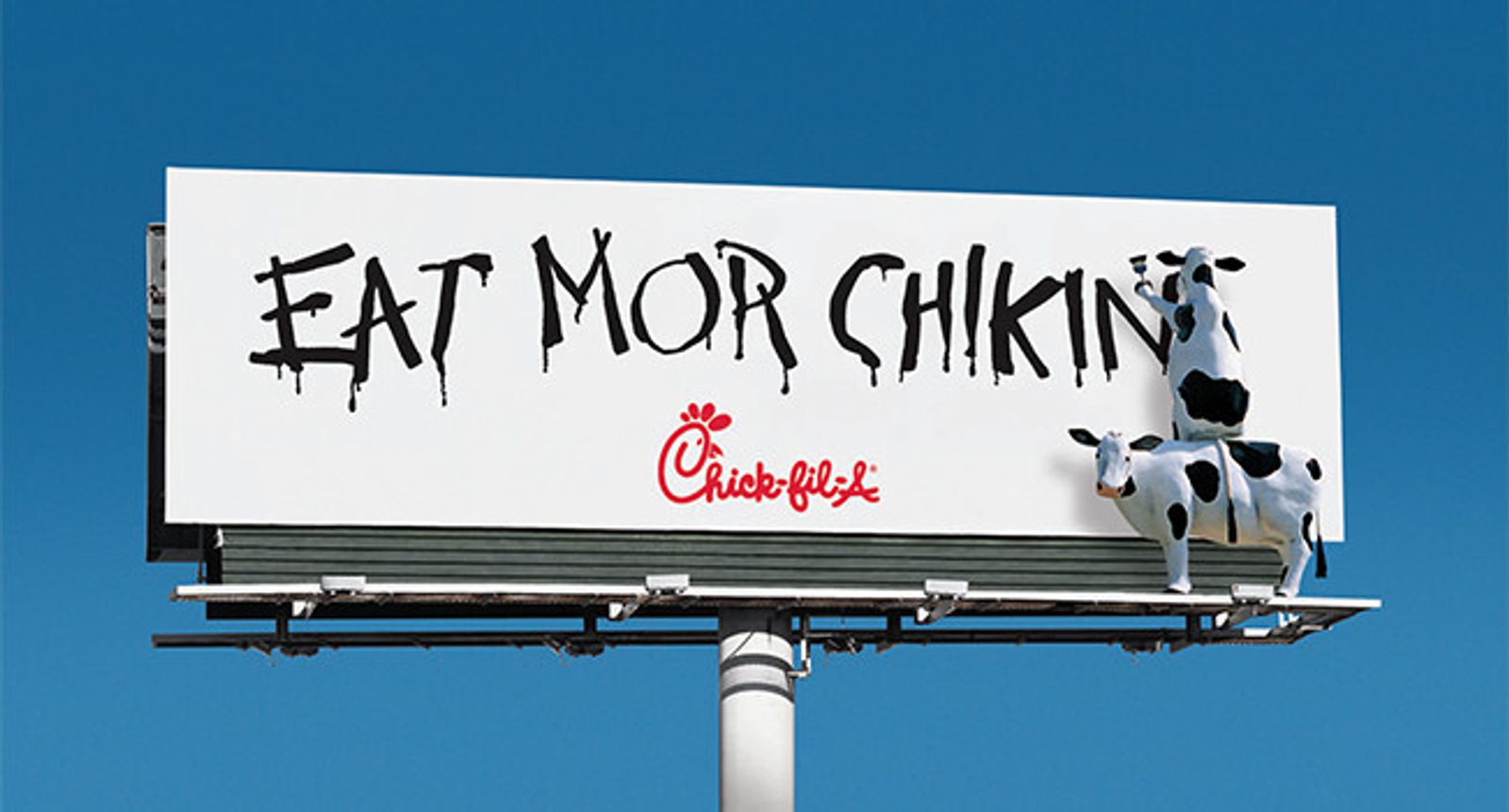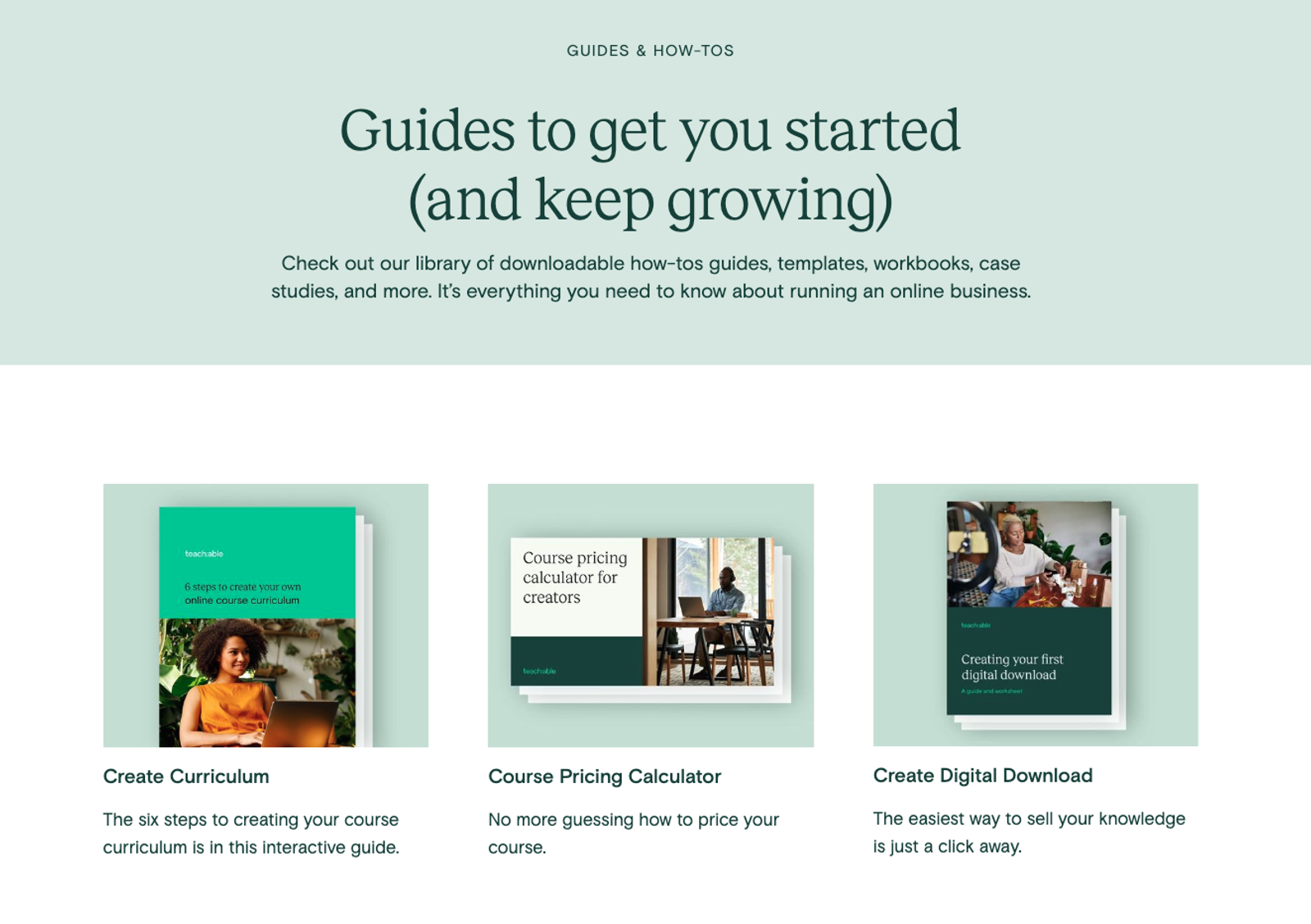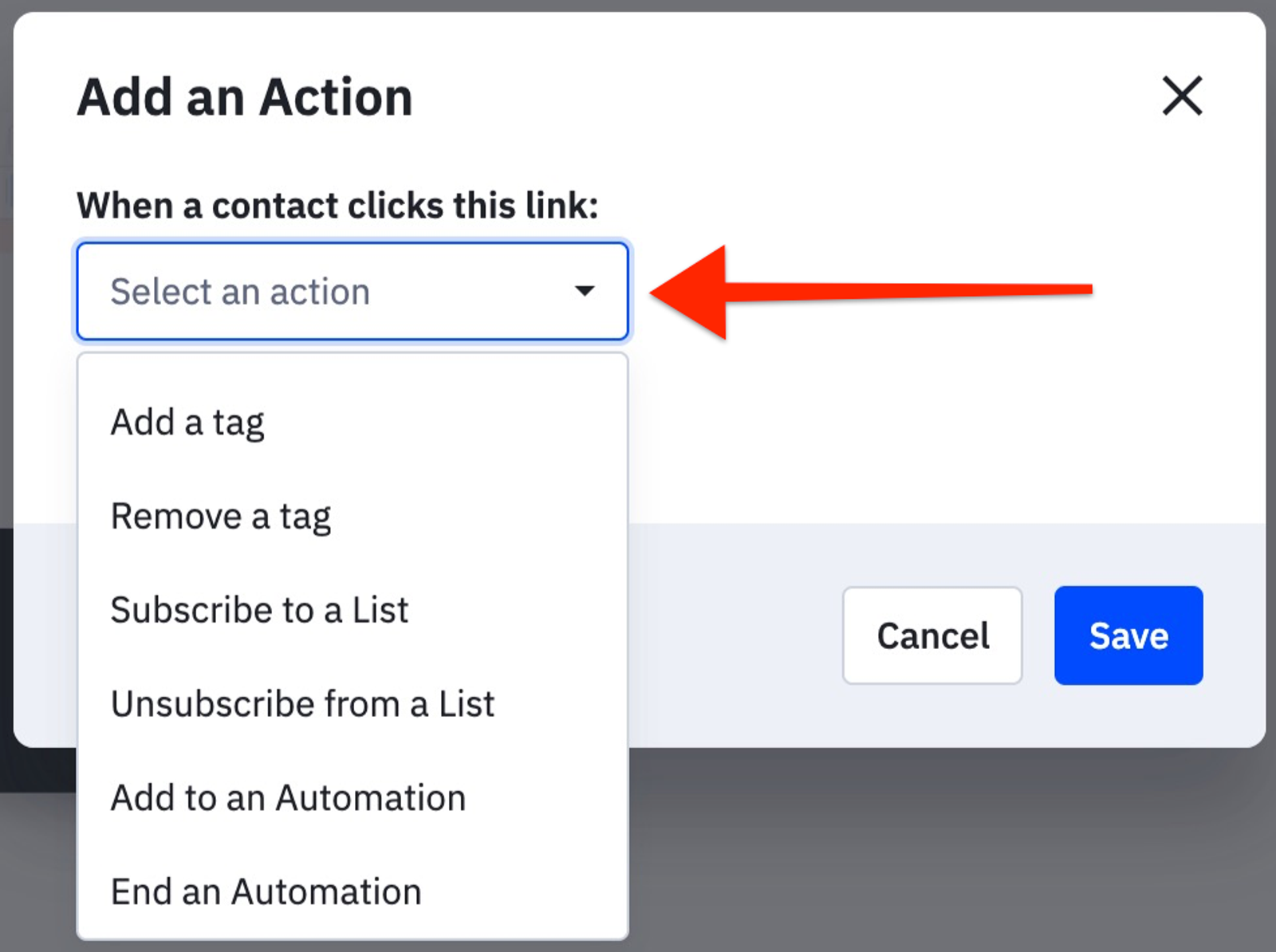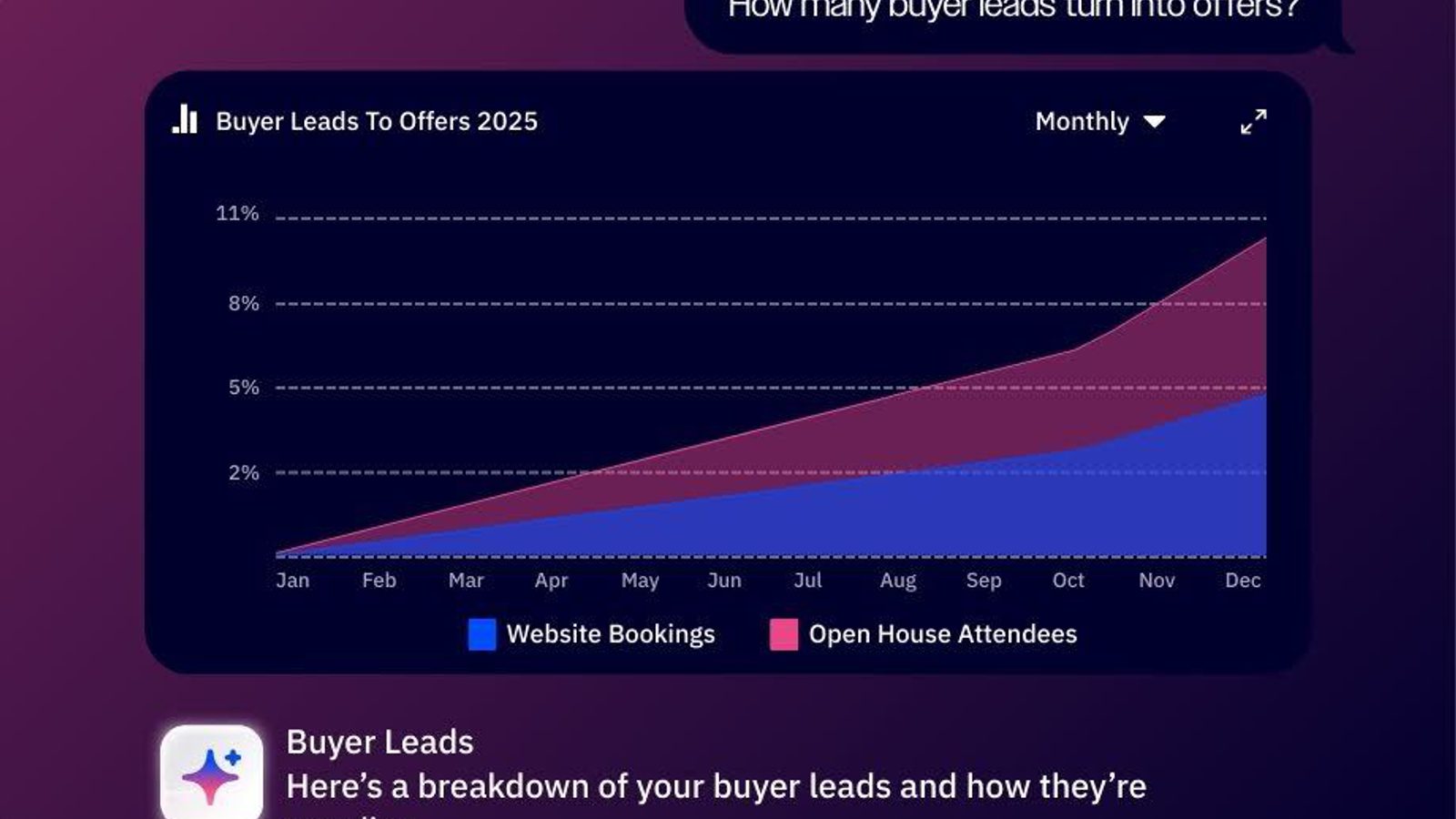The modern content creator wears a dozen different hats.
As a creator, you're likely the one responsible for planning, creating, and promoting your content. Even if you have clients you create for, each day is filled with creating unique messaging, whether that be in the form of writing, video, or otherwise, and plenty of forward-looking planning that touches on all the right topics. This is no easy feat.
Content creators never stop creating. Building your own brand or helping a client build theirs is challenging and demands you keep up-to-date with marketing trends. You're required to differentiate yourself and ask yourself what makes you stand out from the crowd. To be a great creator, you'll need to build a brand identity, choose one or a few mediums to focus on, and continuously update and optimize your content.
This post is part of our Content Creator series that delves into essential strategies that empower content creators – from those working independently to those creating content for large organizations and everyone in between. Discover all of the resources below.
In this article, we'll discuss how to market yourself as a content creator and eight steps that'll give you a solid launchpad so you can get after it and find success.
Types of content creators
There are many different types of content creators who thrive on different platforms using different strategies. Some companies may hire a dedicated creator for a particular medium (video production, blog writing, graphic design, etc.), while others may enlist the help of freelancers or creative agencies.
For the sake of this article, we'll focus on five types of creators:
• The writer (think blogger, content marketer, copywriter, journalist, freelancer)
• The videographer (think YouTube creator, brand video specialist, educational/tutorial content creator)
• The podcaster (think personal brand podcaster, comedy or entertainment personality, creative educator, industry trends and tips podcaster)
• The social media influencer (think nano, micro, macro, or mega influencer, TikTok, Instagram, Facebook, Twitch personality, brand deal aficionado, affiliate marketer)
• The photographer (think visual content creator, graphic designer, illustrator, portfolio sites, event photographer, online presence on social media)
You can also be another type of content creator like a gamer, livestreamer, entertainer, reviewer, musician, performer, or comedian. We won't explicitly talk about these types, but many of the tips in this article can apply to these creators in one way or another.
Keep in mind that many creators may combine elements from multiple categories or specialize further within a particular niche so it's possible to be a few different types at once.
If you are a freelancer, you can level up your value proposition immediately using our freelancer resources!
Content writer
A content writer is responsible for creating engaging and informative written material for various platforms and purposes. This can include website content, blog posts, articles, social media posts, product descriptions, email newsletters, and more.
Content writers research topics thoroughly, craft compelling narratives, adhere to specific style guidelines, and optimize content for search engines (SEO) when necessary. They must have a strong command of language, excellent writing skills, and the ability to adapt their tone and style to suit different audiences and platforms.
Additionally, content writers often collaborate with other team members, such as editors, designers, and marketers, to ensure their content aligns with overall branding and marketing strategies. Some writers also manage personal or lifestyle blogs where they write about travel, fashion, health, finance, tech, and dozens of other niches.
If there's an audience, a writer is likely already creating content for it!
Videographer
A video creator, particularly on platforms like YouTube, TikTok, Instagram reels, and Facebook, crafts engaging visual content across various genres and formats. They conceptualize, script, film, and edit videos, showcasing anything from tutorials, vlogs, reviews, and entertainment to educational content.
Video creators often employ storytelling techniques, visuals, and editing to captivate their audience and keep them engaged throughout the video. They also interact with their viewers through comments, community posts, and social media, fostering a sense of connection and community.
The most successful video creators will understand audience preferences, trends, and algorithmic changes and then optimize their content accordingly for discoverability and growth.
Podcast host
At a glance, a podcast creator conceptualizes, produces, and distributes audio content across platforms like Spotify and Apple Podcasts or through owned channels like email.
You likely develop episode topics, sit down with guests or relevant personalities in your industry and interview them, provide commentary, and create an engaging experience for your audience that keeps them hooked and coming back for more. Typically, a podcast host focuses on a specific niche or theme, employing storytelling, narration, and conversation to engage their audience in a way that is entertaining but also helps to build their brand.
Most importantly, podcast creators cultivate a community by interacting with listeners through social media, feedback channels, and live events, fostering a loyal and engaged audience.
Social media influencer
A social media influencer crafts and shares content across various platforms such as Instagram, TikTok, YouTube, Twitter, and Facebook to engage with their audience. They have a significant and loyal online presence on one or a few platforms and bake product promotion into their personal brand by taking brand deals and partnering with companies for influencer marketing.
There are different "tiers" of social media creators, including:
• Nano influencers with a following of 1000 to 10,000 followers
• Micro-influencers with a following of 10,000 to 50,000 followers
• Macro influencers with a following of 500,000 to 1 million followers
• Mega influencers with a following of over 1 million followers
Typically, social media creators create and curate visually appealing or compelling posts, videos, stories, and other media formats tailored to their target audience and platform trends. They often focus on niche interests, lifestyle, fashion, beauty, travel, comedy, or educational content, using captions, hashtags, and interactions to enhance engagement and reach.
Types of content that social media creators produce include:
• Shooting and posting YouTube videos
• Creating short-form content for TikTok, YouTube Shorts, or Instagram Reels
• Posting lifestyle photos that promote a product, brand, or location
• Collaborating with companies to produce products that fit into their brand style
Photographer
Photographers produce visual content such as photographs, digital art, illustrations, or graphic designs. They're the brains behind so much of the imagery and advertising we see on websites, social media, and even in real life on digital billboards or subway ads. With their skillset, they capture photos to create a narrative and tell a story for either themselves as solo creators or for a brand they're working with.
Photographers live in all industries. If they're working with a company, they'll need to keep that brand's story, style, and overarching goals in mind as they shoot and edit photos.
Why become a content creator?
You may wonder why people consider becoming content creators. Although it's still a relatively new career path, it's one that is growing exponentially.
In fact, the creator economy has 207 million content creators worldwide.
And to a certain extent, companies need content creators to grow their own audience. Let's look at a few reasons why so many people are considering this vocation and the many benefits it can provide along the way.
Flexible and independent work-life
Perhaps the most intriguing aspect of becoming a content creator is the flexibility and independence that comes with it. As a creator, you can work from almost anywhere, set your hours and schedule, and work on projects that interest you. (This is not always the case, as you will likely take projects that are more mundane. Still, the ability to do this is a luxury).
Pursuing content creation allows you to work when you want and on what you want, tailoring your work-life balance to your unique preferences. You can work late at night or even in the middle of the night if that's when your creative juices are flowing. This flexibility is a great perk, giving you the power to choose when you work when you spend time with friends and family, and when you pursue your hobbies, all while maintaining your content creation career.
Bonus: Being a creator is also an incredible creative outlet. It can introduce you to new mediums you never considered before and also bring you a deeper sense of purpose in life.
Building an engaged community
Being a content creator, you have the opportunity to build a community from the ground up. These people appreciate your work, support you financially, and probably think a lot like you. That alone is a huge advantage when brainstorming new content.
Your content is the attractor to your brand so it's crucial to create a brand tone and style that stands out from the rest. We'll touch on this a little bit later.
The community you build allows you to interact with your audience and can also be a major source of inspiration (and even collaboration if the fit is right). Remember, the people who like what you do are the backbone of your creator career. It's smart to throw in a discount or run a deal every once in a while to show your appreciation back.
Sharing knowledge and making an impact
One of the biggest reasons people become content creators is to share their knowledge with the world. This knowledge could be based on personal experiences, expertise from past jobs, or insights you have on a specific topic, such as budget traveling or vegetarian recipes.
ActiveCampaign’s own Casey Hill shares his thoughts on what content makes the most impact.
“In a sea of AI content, the best content creators build a name for themselves by sharing first-hand experience. Especially for a B2B creator, you want to share specific data, lessons, and actionable takeaways. You build a tremendous amount of trust if you give advice that is detailed enough that you help someone get a result.”
— Casey Hill, Sr. Growth Marketing Manager
For everything email, AI, and growth marketing, you can find Casey on LinkedIn.
The content you create, whether it be informative blog posts or educational video tutorials, has the potential to inspire others and give them insights or advice that answers a question they have. This is exactly how you make an impact as a creator. Your unique expertise isn't just helpful; it can shape trends, challenge outdated thinking, and help people improve their own lives.
Monetizing your creativity
Surprising to no one, content creators monetize their creative endeavors.
As you build your audience, you can expand your offerings and find more opportunities for collaborations, brand partnerships, sponsorships, affiliate marketing, and influencer marketing. All of these are great ways to differentiate your brand and generate additional income.
Monetization is one of the biggest perks of content creation. Selling your expertise gives you the chance to pursue your content career full-time and eventually unlocks financial independence.
Continuous learning and opportunities for collaboration
Content creators have a career that lends itself to always learning more.
If you're a video creator on YouTube, you'll have to keep up with changing algorithms or copyright restrictions. If you're a writer for a software company, you'll need a good grasp of SEO and website design to create great, rankable content. No matter your focus, you'll be exposed to new technology and trends constantly, which will quite literally require you to stay up-to-date.
In addition to continuous learning, you'll find that as you build your brand as a creator, more opportunities for collaboration are presented to you. This could be with other creators or with brands that align with your brand's voice and style. For example, if you're a popular YouTube creator, you may be asked to be a guest on a podcast. If the alignment is there, this collaboration will give you content to post on your own channel and also put you in front of an entirely new audience, expanding your reach and improving your overall engagement on social channels.
How to market yourself as a content creator
Now that we've covered the different types of content creators and why so many people are choosing to pursue a career in content, we can confidently explore the eight steps you should take to market yourself as a content creator. Adopt as many or as few as you see fit with your own brand.
Define your brand identity and niche
Before anything else, you need to define your brand identity and understand your niche. Your identity as a creator is the foundation of your entire marketing strategy because it showcases who you are, what you stand for, and what you offer to your audience.
Three things you can do to begin defining yourself as a creator are:
- Crafting a mission statement: In a few sentences, articulate your purpose as a content creator. What do you offer, how is it different, how does it benefit your audience, and what do you want to achieve in the long term?
- Outline your values: Outline the principles and values that define your content. What types of projects or work are true to your brand? Inversely, what would be inauthentic to your brand?
- Define your target audience: Understand who your target audience is, what they're interested in, and how you can serve content that caters to them (and hopefully intrigues them enough to stick around).
Overall, you should know the kind of content you create (this can be multiple kinds), who you're creating it for, and what your goals are as a creator. How can you help your audience? Where do you aspire to be in a year? In two? Five? When you answer these questions, you build your brand from the ground up and hone in on your unique value proposition.
Develop your voice and style
Similar to developing your brand identity, it's crucial to create a brand voice. Think of popular brands. The way Coca-Cola advertises or promotes itself is different than how Chick-fil-A promotes itself.


Your brand voice is how you speak across all content created, and if it's done well, your voice is easily recognizable. The style should be authentic to your brand, carry through all channels, and enlist the help of humor, visuals, and purposeful storytelling.
Choose your platforms and channels
The platforms and channels you use to distribute your content will depend on your niche, audience, and overall goals. Before you decide, it's wise to consider where your audience is and the strengths you already have when posting on social media platforms. Your audience may be primarily on TikTok or YouTube, while they're largely not on Facebook. Factors like this often make the decision for you.
Once you know where your potential audience is (or may be, there's no way to fully know until you try), you can choose one or two platforms and focus your energy on creating content for them. For example, if you're a video creator and social media influencer, YouTube and TikTok are the best social media platforms for you. You can still use other platforms too, like Instagram for promotional content and Twitter for interacting with your audience 1:1.
Here are our top tips on making the most out of the social channels you choose:
• Lean into engagement: Actively engage your audience by responding to their comments and messages.
• Reach out for collaborations: Consider collaborating or partnering with other creators in your space to cross-promote your brand and boost your exposure.
• Maintain a consistent brand: Image is everything. Maintain a consistent brand identity by uploading the same profile pictures and posting in the same content style across all social media platforms.
Create high-quality content that offers a solution
When anyone consumes content, they're not only hoping to find a brand that resonates with them, but they're also looking for a solution to their problem. To increase your chances of attracting a larger audience, one thing should always be at the top of your mind: quality > quantity.

In order for anyone to remember your content (and your brand), you can't just regurgitate messaging they've already seen. To stand out, it's important to create content that teaches them something new and positions your brand as a solution to a common problem. Ensure that the content you produce is relevant and valuable to your audience while also being entertaining and in line with your niche and objectives.
Here are our top tips on making the most out of the social channels you choose:
• Diversify your content: Provide a diverse range of content formats, including articles, videos, podcasts, or infographics, to accommodate varying audience preferences.
• Quality > quantity: Instead of bombarding your audience with frequent, low-quality posts, concentrate on delivering valuable content that highlights your expertise.
Remember, if your content doesn't serve a purpose, potential customers will move along and leave you behind.
Invest in tools
As you get started on your content, using tools like Grammarly or Canva can be incredibly helpful to get you on the right foot, especially for solo creators who are a team of one. These tools go a long way when you want to continuously refine your content quickly. Canva offers free templates for just about everything you could need, graphic or document-wise, and Grammarly is a great built-in editor for those who don't have a team they can lean on.
Once you have a consistent schedule for posting content and have built your brand up, you can begin to consider other tools that will further uplevel your marketing. One of these is a great creator marketing automation tool, giving you the power to create automated email workflows based on how your target audience interacts with your content.
ActiveCampaign offers features that content creators can use as they scale their business. Some of them include:
- Trigger emails based on purchase, site visits, or engagement. Automatically send emails when your email contacts are most interested.
- Send welcome emails, start a welcome series, and deliver relevant and valuable content automatically.
- Make sure the right message gets to the right person. Group your audience into segments based on almost any factor.
- Schedule emails for a specific date and time. Perfect for events, holidays, and birthdays.

If you're a creator looking to create an email marketing experience that wows customers and brings in more revenue for you, ActiveCampaign may be the tool for you.
Never miss a blog post
Email marketing
Speaking of email marketing... Email is one of the biggest channels you can use to engage your audience.
Did you know that 89% of marketers use email as the primary channel for generating leads? And for every $1 spent on email marketing, marketers make $42.
Building and nurturing your email list is one of the best ways to talk to your audience, collect feedback, and send them the content they want to see (made possible by personalization and segmentation).
One way to build your list is to offer free resources in exchange for someone's email address. If you're a writer who runs a recipe blog, this could mean giving out a few recipes for free as an incentive for the prospect to cough up their email.
There are a few email marketing best practices you should follow:
• Segment your list: Divide your email list into segments to customize content based on specific audience interests or demographics.
• Use one or two calls to action: Your email should have two CTAs at most. Think of it this way: if the content in your email doesn't make clear what you want the receiver to do, it's not a good email.
• Consider a newsletter: If it makes sense, consider creating a weekly or monthly newsletter that features updates, exclusive content, and insights pertinent to your niche.
To learn more about creating a high-performing email marketing strategy that helps you develop relationships, earn more customers, and drive revenue growth, we’ve got the resource for you.
Analyze your content's performance
As with any marketing practice, it's imperative to regularly monitor the performance of your efforts and understand what works (and what doesn't). Some standard metrics to analyze are website traffic, followers on the platform of your choice, conversion rates on ads, newsletter subscribers, click-through rates, and content engagement rates.
Monitoring these metrics, among others, allows you to track your progress and the performance of your content. It can also highlight areas for improvement or specific opportunities to A/B test different versions of the same messaging.
To start, the analytics tools provided by social media platforms, website hosts, and email marketing tools are a good place to jump off from. You can also send surveys to your audience to solicit feedback and understand their preferences and what they'd like to see from you. Continually iterating your content based on these performance metrics will help you adapt and grow your brand.
Be authentically you
Finally, to have a shot at sticking around for a long time, you should always focus on being authentic and staying true to who you are. No one wants to keep up with a creator copying someone else's brand. You bring a unique perspective to the table, so lean in and create content that feels genuine to you.
Not only this, but being authentic is one of the best ways to build trust with your audience. It's becoming more and more apparent that consumers are looking for brands and creators who don't just see them as dollar signs.
According to the 2021 Edelman Trust Barometer, 88% of consumers surveyed said “trust” is critical when deciding which brands to buy or use.
Another study reported that 90% of consumers think it's important that a brand “treats me like a human being.” It's clear that people are searching for authenticity and real connection, and you have the opportunity to fulfill both of those desires. Engage with your audience as if you're talking to a friend or colleague, and provide value before you ask for anything in return.
These are the two keys to success as a successful content creator (among the other seven tips shared above).
Go forth and create
Building your brand as a content creator is a long game, requiring patience, dedication, and plenty of hard work. No matter what you took from this article, it's important that you don't rush the process (building an audience or an email list will take time). As you create content, always monitor your performance, experiment with different messaging techniques, and ask your audience for their opinion.
After all, you're marketing yourself to them.
If you're ready to elevate your brand and begin baking email marketing into your strategy, ActiveCampaign has the functionality you need. Sign up for a free trial today.






